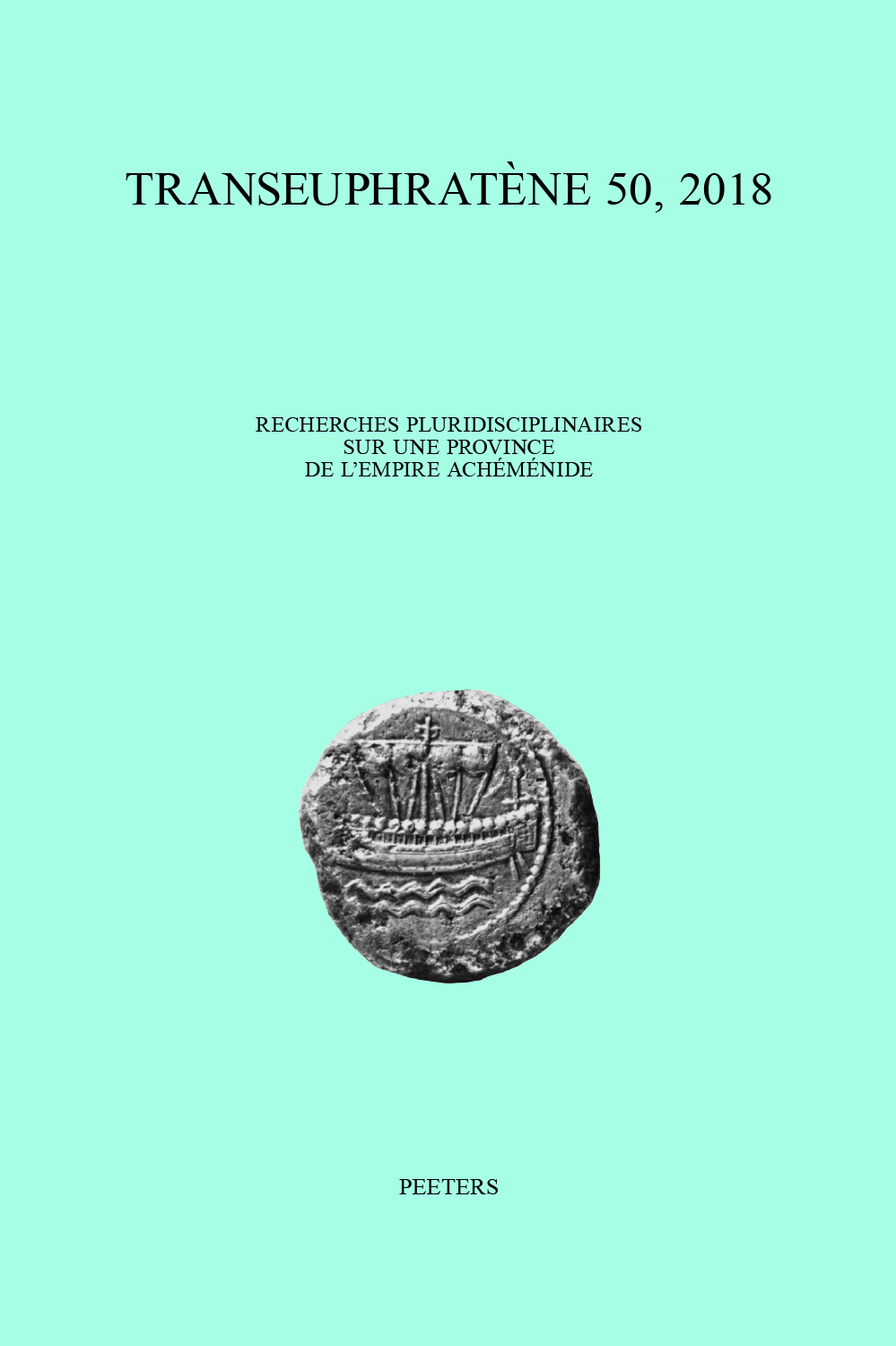 previous article in this issue previous article in this issue | next article in this issue  |

|
Document Details : Title: L'importation de la poterie grecque en «Phénicie» pendant l'époque perse Subtitle: Réflexions sur l'influence économique et culturelle de la Grèce sur les sociétés locales Author(s): HAIDER, M. Journal: Transeuphratène Volume: 49 Date: 2017 Pages: 125-134 DOI: 10.2143/TE.49.0.3248523 Abstract : Un des phénomènes qui caractérise la côte levantine pendant la période perse est l’importation en masse de céramique grecque, surtout à vernis noir et à figures noires et rouges en provenance de l’Attique. Ces vases étaient associés dans plusieurs cas aux rituels religieux et banquets funéraires comme le Marzeah. L’analyse et l’interprétation de cette poterie importée, selon sa réception dans les civilisations locales, sont très importantes pour comprendre la vie religieuse et sociale de la Phénicie en Transeuprhratène. We do not know a lot about the Phoenician culture in general, and we know even less about Phoenician religious beliefs and cults. We shall try in this paper to shed a new light on the religious life of the inhabitants of the Levantine Coast, particularly through the use of Attic pottery in the Mazreah. The Mazreah is a ritualistic mourning feast that, in a way, resembles the classical symposium but, in another way, is quite different. A key element for understanding some aspects of the religious Phoenician life during the Persian period is through analyzing the role and reinterpretation of the imported pottery used in a new range of specific social situations in Phoenicia. |
|
